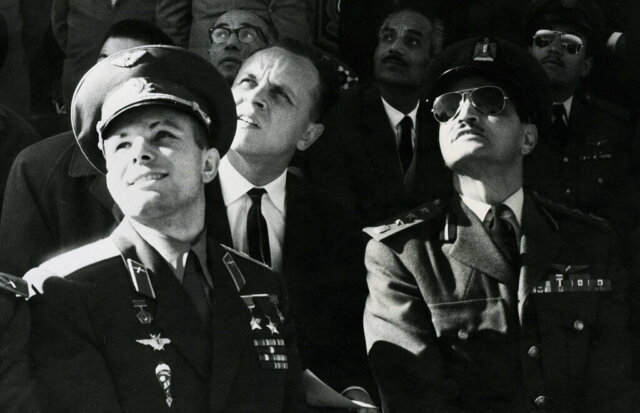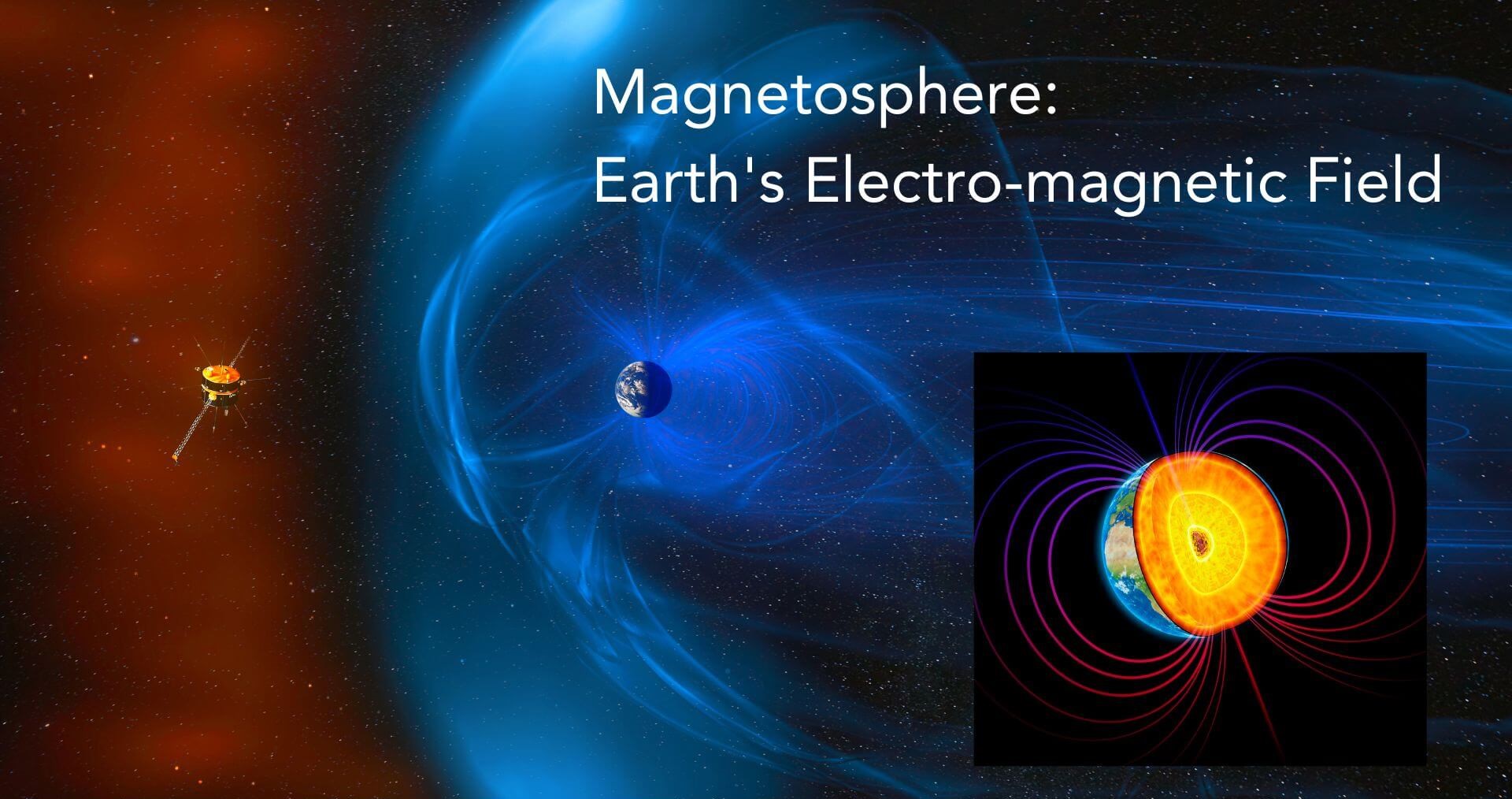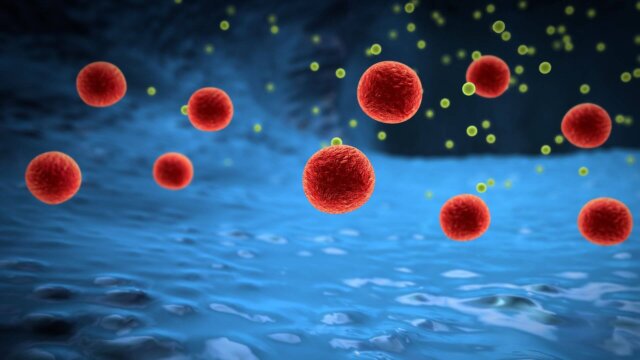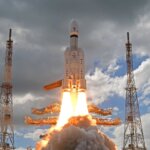We believe in professional growth of Physiotherapists with high technology!
Chandrayaan-3: Space Rehabilitation-A New Frontier for Physiotherapists

When Yuri Gagarin, the first human to journey into outer space, blasted off from the Baikonur cosmodrome in Kazakhstan on 12 April 1961, the world watched in awe. His flight, which lasted a mere 108 minutes, took him to a maximum altitude of 327km (203 miles). The re-entry of his space capsule was equally dramatic, with Gagarin parachuting the last 7km to Earth, landing in a potato field near Saratov. Imagine the surprise of a woman and her granddaughter, who were planting crops, when they saw Gagarin in his bright orange flight suit approaching them. Their brief exchange is legendary, with Gagarin assuring them, “Don’t be afraid comrades! I am a friend.” To which one of them responded, “Have you come from space?”
Now, let’s think about this for a moment. Gagarin’s body had just experienced conditions no human had ever faced. The absence of gravity, the intense G-forces during take-off and re-entry, and the sudden transition from weightlessness back to Earth’s gravity would have had profound effects on his musculoskeletal system.
Beyond the challenges of zero gravity, there’s another crucial factor that astronauts like Gagarin face in space: the absence of Earth’s Electromagnetic Field (EMF). Earth’s EMF, often overlooked, plays a pivotal role in our health and immune system. It acts as a protective shield, guarding us from harmful cosmic radiation and maintaining cellular balance. In space, away from this protective EMF, the body is exposed to different electromagnetic conditions, which can have profound implications on cellular health and overall well-being.
For physiotherapists like you, understanding the combined effects of zero gravity and the absence of Earth’s EMF is essential. How does the body adapt to these unique conditions, and more importantly, how does it readjust once back on Earth? Space rehabilitation delves deep into these questions, aiming to understand the physiological changes astronauts undergo and devising strategies to aid their recovery post-mission.
Gagarin’s pioneering journey was just the beginning. As space missions become longer and more frequent, the need for specialized physiotherapy will grow exponentially. Astronauts returning from space often grapple with muscle atrophy, reduced bone density, and challenges stemming from the lack of Earth’s EMF. Their rehabilitation requires a blend of traditional physiotherapy techniques and innovative methods tailored to address the unique challenges of space travel.
By venturing into space rehabilitation, you’re not only broadening your horizons but also pioneering a niche that’s set to gain immense significance. As India continues its space exploration endeavors, physiotherapists will play a pivotal role in ensuring the health and well-being of our astronauts. So, as you gaze at the stars, remember that the vast expanse of space might just hold the key to the next big breakthrough in physiotherapy!
As said by our Prime Minister Narendra Modiji, “We’ll test the limits of our solar system, and work to realize the infinite possibilities of the universe for humans”
Electromagnetic Fields & Your Health: Tesla’s Legacy and Modern Insights
Did you know that the early 20th century set the stage for our understanding of electromagnetic fields and their effects on our health? Yep, it’s true! The genius Nikola Tesla, known for kickstarting the modern AC electricity era, was onto something big. He believed that electromagnetic fields could be therapeutic, hinting at their potential health benefits.
Now, fast forward to the adventurous 1970s. The space race wasn’t just about rockets and the moon; it unveiled surprising health revelations. Astronauts, soaring high above Earth and away from its natural electromagnetic fields, began showing alarming signs: significant bone loss, muscle wasting, and a slowdown in metabolism. Imagine that! The absence of Earth’s natural PEMFs (Pulsed Electromagnetic Fields) was causing real health hiccups.

Research, especially from big names like NASA, confirmed these findings. The takeaway? Earth’s electromagnetic fields play a crucial role in maintaining our health. And without them, well, things can get a bit shaky.
This discovery fuelled interest in recreating these PEMFs. The goal? To counteract the negative health impacts experienced in space. It wasn’t just about exploring the universe anymore; it was about ensuring humans stayed healthy while doing so.
So, next time you gaze at the stars, remember that there’s a deep connection between space, electromagnetic fields, and our well-being. It’s a fascinating dance of science and health, and we’re still learning the steps. Stay curious, and keep exploring!
How Earth’s Electro-magnetic Field Shapes Our Immunity: A Dance of Cells and Forces
You know, it’s fascinating how the world around us, especially the unseen forces, shape our very existence. One such silent yet powerful force is Earth’s Electro-magnetic Field (EMF). While we often associate it with compasses pointing north or birds migrating, its influence runs much deeper, especially when it comes to our immunity.
Our immune system, that intricate web of cells and responses, didn’t just evolve in isolation. It grew and adapted, dancing to the tune of Earth’s EMF. Picture this: every cell in our body, especially those in our immune system, has its own electrical charge. This charge isn’t static; it responds, adapts, and evolves, influenced by the EMF around it.
Research has shown that specific exposures to EMF can stimulate our immune cells, gearing them up for action. It’s like a wake-up call, urging them to defend the body against invaders. On the flip side, different EMF exposures can have a calming effect, coaxing these cells into a restorative mode. It’s a delicate balance, ensuring our body is always ready yet never overly reactive.

Iron metabolism, which involves macrophages extensively, is crucial for immune homeostasis. Iron, in the form of heme, is vital for many cellular processes. However, excess iron can lead to the formation of harmful radicals. EMFs have been reported to influence the expression of iron-regulation proteins, potentially impacting immune responses.
For you, as a physiotherapist, this is golden knowledge. Understanding how EMF shapes cellular metabolism can offer insights into patient care. Think about it. If a patient’s immune response is out of sync, could EMF exposure be a factor? And if so, how can you harness this knowledge for therapeutic benefits?
Moreover, with the rise of electronic devices and changing EMF landscapes, it’s crucial to stay updated. These shifts in EMF could have subtle yet significant impacts on our health, especially our immune responses.
Earth’s magnetic embrace is more than just a directional guide. It’s a force that shapes our health, our immunity, and perhaps, even our very essence. As we stand on the brink of space exploration, understanding this magnetic bond becomes not just a scientific quest but a journey into understanding ourselves.
Potential for Innovative Therapeutic Techniques
In the ever-evolving landscape of physiotherapy, staying updated with the latest techniques isn’t just beneficial—it’s essential. As you navigate this dynamic field, you’ll come across a plethora of methods, each promising to revolutionize patient care. But what truly stands out in this sea of innovations?
Firstly, let’s talk about biofeedback. This technique harnesses the power of real-time data, allowing you to understand and respond to the body’s physiological functions. Imagine guiding your patients through exercises while having instant insights into their muscle activity or heart rate. It’s like having a conversation with the body, understanding its immediate responses, and tweaking your approach accordingly.
Then there’s neuromuscular electrical stimulation (NMES). While electrical stimulation in physiotherapy isn’t new, the precision and targeted approach of NMES are noteworthy. By stimulating specific muscle groups, you can aid muscle strengthening, improve blood circulation, and even alleviate pain. It’s a tool that offers both rehabilitation and relief.
Virtual reality (VR) is another frontier. While it might sound futuristic, VR in physiotherapy is becoming a reality. From creating immersive rehabilitation environments to offering patients a distraction from pain during sessions, VR is proving to be more than just a tech gimmick.
Hydrotherapy, using water as a medium, hydrotherapy offers resistance and support simultaneously. For patients with mobility issues or those recovering from surgeries, water can be both a challenge and a cushion, making their journey to recovery smoother.
Celtron, with its advanced technology, taps into the body’s cellular responses. It’s like having a conversation with the body at a microscopic level, understanding its needs, and offering tailored interventions. The beauty of Celtron lies in its synchronous application. By improving cellular metabolism, energy production, and removal of metabolic waste, it ensures that the therapeutic interventions are not just effective but also efficient.
On the other hand, QRT, or Quantum Resonance Therapy, is like the symphony conductor of the therapeutic world. It understands the body’s natural rhythms, its ebbs and flows, and works to harmonize any discord. QRT is all about balance, ensuring that the body’s energy fields are in sync, leading to optimal health and well-being.
Now, you might wonder, how does this fit into your practice in India? The answer is simple. With the increasing demand for holistic and non-invasive treatments, techniques like Celtron and QRT offer a fresh perspective. They bridge the gap between traditional physiotherapy methods and cutting-edge technology, ensuring that patients receive the best of both worlds.
Moreover, as the landscape of physiotherapy changes, being equipped with knowledge about such innovative techniques can set you apart. It’s not just about healing; it’s about offering a comprehensive, tailored, and futuristic approach to care.
The potential for innovative therapeutic techniques in physiotherapy is immense. By integrating tools like Celtron and QRT into your practice, you’re not just staying updated; you’re pioneering a new era of physiotherapy that’s rooted in science, technology, and a deep understanding of the human body.
The Psychological Aspect: Motivating Patients
Imagine the vastness of space, the allure of the unknown, and the thrill of discovery. Now, think about the challenges astronauts face: the physical strain, the isolation, and the sheer determination required to push boundaries. There’s an undeniable parallel between the journey of an astronaut and the journey of your patients undergoing rehabilitation.
Space exploration, with its tales of resilience and triumph over adversity, can be a powerful tool in motivating your patients. Here’s how you can weave this narrative into your practice:
- Stories of Resilience: Share anecdotes of astronauts who’ve faced physical challenges in space, yet have overcome them with determination. The story of an astronaut regaining muscle strength after a long space mission can inspire a patient recovering from a muscle injury.
- Setting Goals: Just as space missions have clear objectives, help your patients set tangible rehabilitation goals. Whether it’s walking a certain distance or regaining flexibility, having a clear target can be motivating.
- The Adventure of Recovery: Frame the rehabilitation process as an exciting journey, much like a space expedition. Each session can be a ‘mission’, each exercise a ‘task’, and every milestone a ‘discovery’.
- Harnessing Technology: Use tech tools that mirror space equipment. For instance, balance training tools can be likened to astronaut training gadgets. This not only makes the process engaging but also adds a futuristic touch to the therapy. The PEMF modality can be a game-changer for your patients, just like it helps space travellers.
- Team Spirit: Emphasize the importance of teamwork. Just as astronauts rely on their crew, patients can lean on their support system—be it family, friends, or therapists like you.
For you, as a physiotherapist in India, tapping into the allure of space exploration can be transformative. It’s not just about physical recovery; it’s about igniting a spark, a drive to push boundaries, and a determination to reach for the stars, metaphorically speaking.
Incorporating the tales of space exploration into therapy can offer a fresh perspective, making the rehabilitation journey not just a path to recovery, but an adventure filled with possibilities. So, as you guide your patients through their recovery, let the stories of space exploration inspire, motivate, and uplift their spirits.
As we delve deeper into the intricate dance between space exploration and physiotherapy, the horizon of possibilities expands. In our next section, “Future Prospects & Advancements,” we’ll explore the pioneering innovations on the horizon and how they promise to reshape the landscape of therapeutic care. Stay with us as we journey into the future of physiotherapy, where science, space, and health converge in exciting ways.
Read the first chapter: Chandrayaan-3: India’s Triumph in Lunar Exploration and its Significance to Physiotherapy
Stay tuned for –
3) Future Prospects & Advancements
4) Looking Ahead: The Next Steps for India in Space and Healthcare







